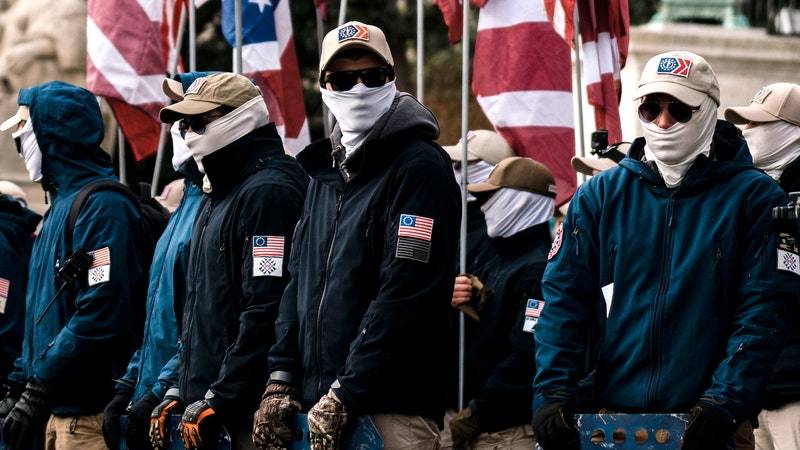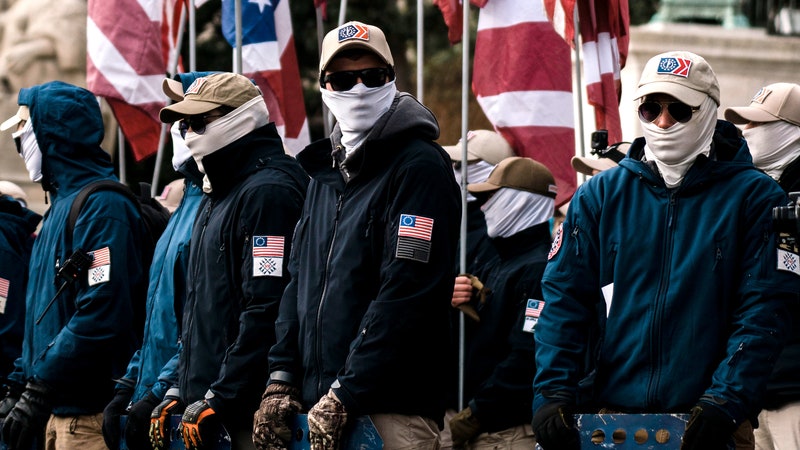 Chinese companies have come to dominate face recognition technology partly because of ties to government entities that can provide huge quantities of photos as well as significant funding for the technology’s development. In a paper published in November 2021, Beraja and his coauthors argued that innovation in the development of face recognition AI can flourish in autocracies because of close alignment between the technology and government goals.
Chinese companies have come to dominate face recognition technology partly because of ties to government entities that can provide huge quantities of photos as well as significant funding for the technology’s development. In a paper published in November 2021, Beraja and his coauthors argued that innovation in the development of face recognition AI can flourish in autocracies because of close alignment between the technology and government goals.
Controlling the spread of unsavory uses of face recognition could be difficult, because the same technology can have many more benign uses.
And David Yang, one of Beraja’s coauthors and an economist at Harvard University, says recent US moves to contain Chinese technology have focused more on preventing development of new capabilities, not limiting the transfer of existing ones. “China has already developed a comprehensive suite of surveillance AI tech that it can sell,” he says. “The recent restrictions do nothing to change that.”
Seymour of the Center for New American Security says other emerging areas of AI could also be set to develop into powerful new surveillance tools whose proliferation should be carefully monitored.
Face recognition was one of the first practical uses for AI to appear after vastly improved image processing algorithms using artificial neural networks surfaced in the early 2010s. She suggests the large language models that have caused excitement around clever conversational tools such as ChatGPT could follow a similar path, for example by being adapted into more effective ways to censor web content or analyze communications.
Lire l’article complet sur : www.wired.com



Leave A Comment